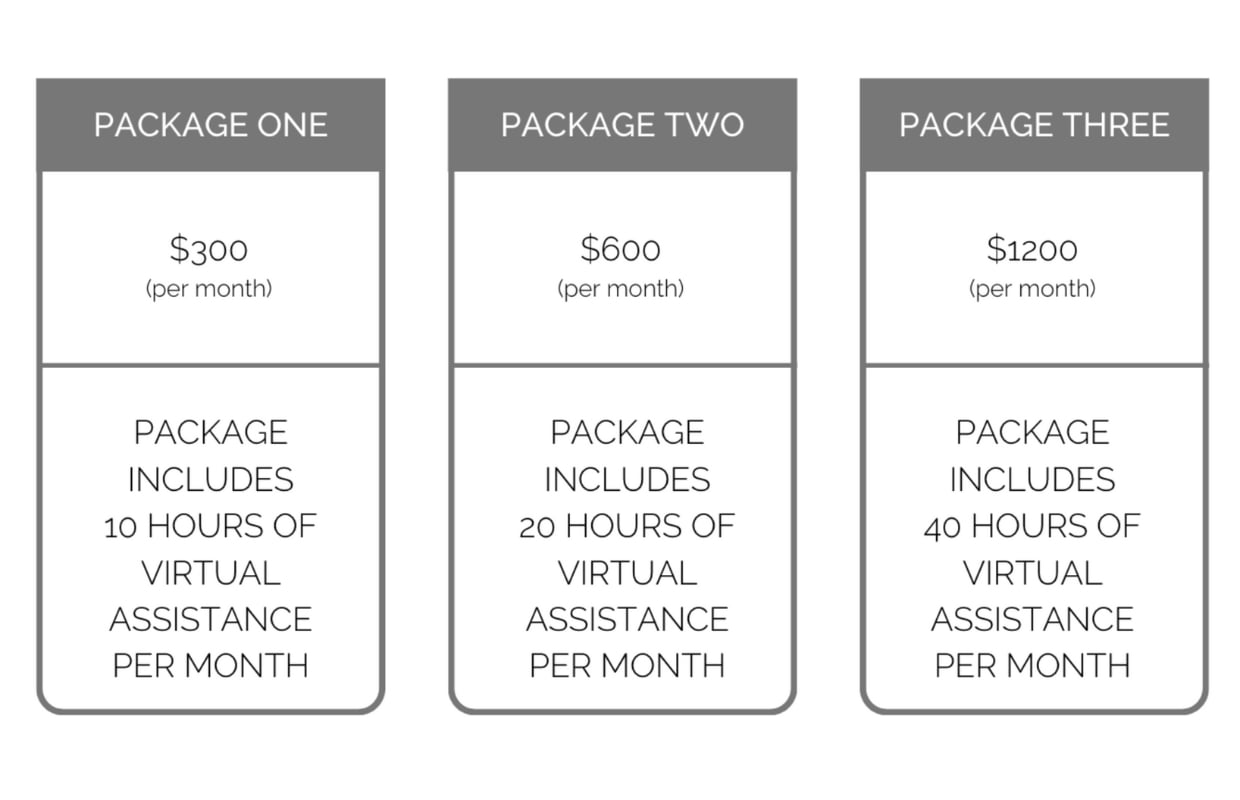In 2015, Abbey Ashley was a stay-at-home mom with a two-year-old toddler and her second on the way. She wanted a flexible way to be with her kids but also wanted to help her family financially.
That’s when a friend suggested she look into becoming a virtual assistant.
Even though she had no idea if she would be qualified to be one, she quickly realized after a late-night Google search that there were no pre-qualifications to becoming a virtual assistant and that she could start with the skills she ALREADY had.
Within 4 months, Abbey had not only replaced her income from her previous 9-5 ... But she also had replaced her husband’s income as well!
This article is sponsored by Abbey Ashley from The Virtual Savvy.
Have you thought about starting your own flexible business?
Virtual Assistance may be the perfect fit to replace your 9-5 income or simply bring in extra part-time income in 2025.
Want to learn more?
Sign up now for Abbey's free virtual assistant training!
 |
Ten years later, Abbey and her team at The Virtual Savvy have trained over 6,000 individuals on how to start their own at-home business. If you’re looking for a quick guide to becoming a virtual assistant, here’s exactly how to get started.
What services can I offer as a virtual assistant?
Did you know that small business owners are willing to pay for simple administrative tasks that you likely already know how to do (or could learn very quickly!)?
Some common services that you can offer as a virtual assistant include:
- Scheduling / Sending Emails
- Social Media Graphic Creations
- Social Media Scheduling
- Writing / Blogging / Content Creation
- Web Design Services
- Calendar Management
- Webinar / Live Workshop Assistance
- Customer Service
- Travel Research and Booking
- Appointment Setting
How do I price my virtual assistant services and get paid?
Once you’ve decided on the services you want to offer as a virtual assistant, it’s time to put those services into packages that are easy for small business owners to understand.
Abbey recommends simply charging hourly (many VAs start their rate at $25-$30 per hour) and putting those hours into monthly recurring packages like these:
 |
The simplicity of this pricing structure means that you can easily send your clients a recurring invoice for the hours they will use every month.
Where would I find paying clients for my virtual assistant business?
It’s easy to become intimidated when thinking about marketing your virtual assistant business. Many of us don’t like the idea of promoting ourselves. This is why Abbey and her team encourage their students to start by reaching out to friends and family.
The good news? Friends and family likely aren’t your ideal clients so you’re not selling anything here! You’re just letting the people who know and love you know about something exciting happening in your life. Most people know at least ONE business owner — so just by telling your current network about your business, you immediately expand your reach!
After you’ve reached out to friends and family, it’s time to start other client acquisition methods. These could include attending local networking events, applying for jobs on online remote-work sites, and creating a social media plan to attract small business owners to your services.
You can find more information on how to market your virtual assistant services in this video:
What are my next steps in starting my own Virtual assistant business?
If you’re interested in starting your own at-home virtual assistant business, there are a few other key to-do list items to consider including choosing your business name, creating a contract between you and your clients, and learning how to onboard new clients effectively. Ready for the next steps in your Virtual Assistant journey?


